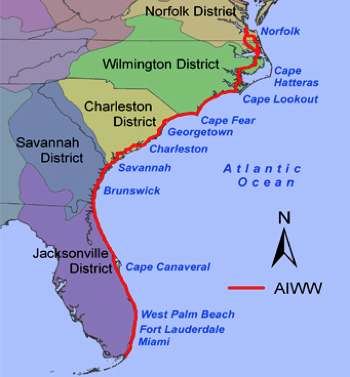When visiting Cognac, its most famous drink can't be overlooked. A pervasive scent of liquor hangs in the air and many of the buildings are covered with a black fungus caused by the spirit's evaporation during its aging process. The locals call the fungus "the angel's share." Distillers are glad to give you tours showing how their product is made--although, when we were there in 2002, the larger distilleries were quite happily charging five euros to show you around.
Charming Cognac is the birthplace of Francis I, one of the more reasonable French kings. After wandering through a couple of distilleries, you can tour the grand house where Francis was born a Count....instead of a baby like the rest of us. Mostly though, we like Cognac because of its people.
It was laundry day for us when we arrived in Cognac. After securing our boat, we asked the marina staff for directions to the closest laundromat. Naturally, our journey began by walking uphill away from the river. Our wheeled grocery cart stuffed full of dirty laundry made the climb a little easier than carrying a duffel but the walk proved to be longer than we'd expected. After trudging over a mile, despite our shyness about using our poor French, we asked a lady walking toward us if we were headed in the right direction. "Ah, oui," she replied pointing the way. We thought she told us to go another few blocks and turn right. Of course, we were wrong. Frustrated at being lost and tired after walking miles from the river, we were about to give up. Just then our lady-of-the-good-deed came whipping around the corner in her car and ordered us to get in. The laundromat was a few more blocks. We hadn't understood her directions. She knew that, so she went home, got her car, tracked us down and delivered us from failure.
We never learned her name or where she lived but we always will remember her kindness. See what we mean about the citizens of Cognac?















